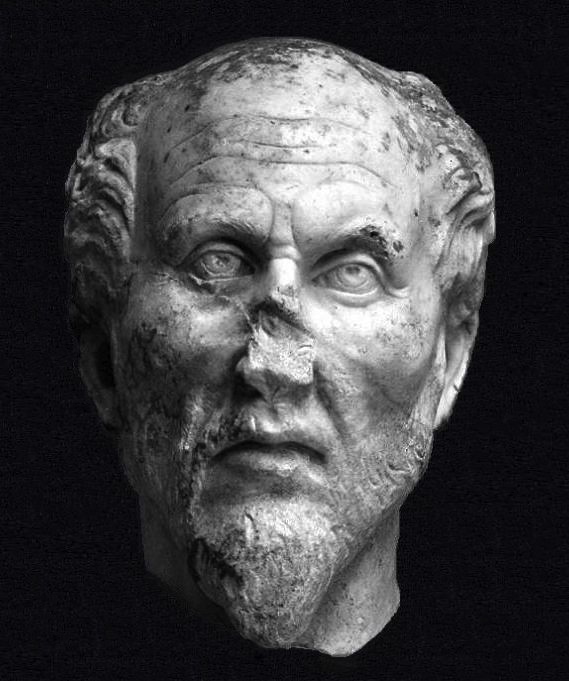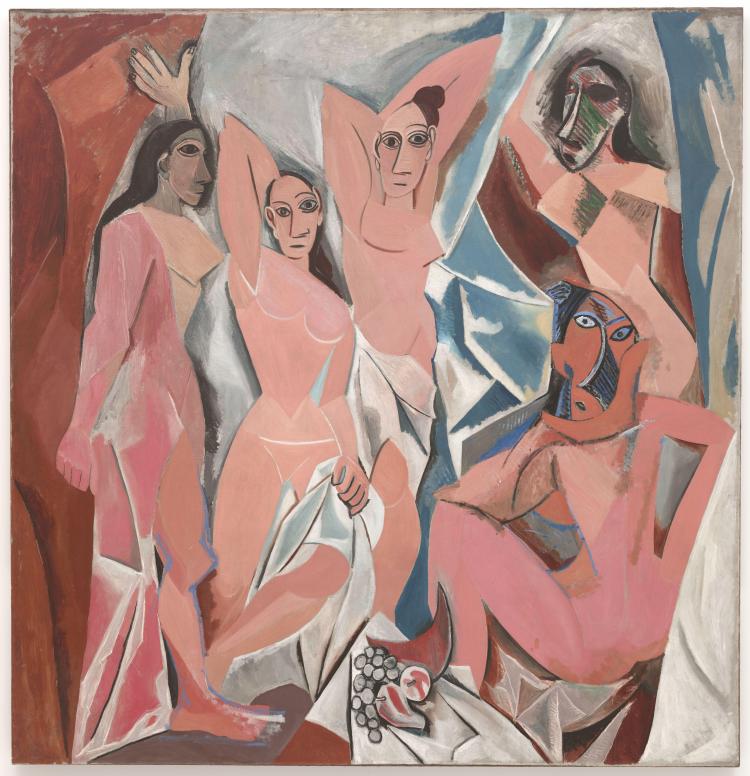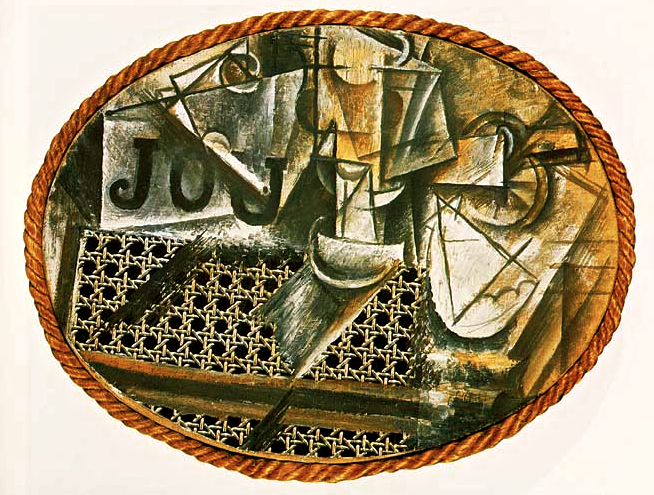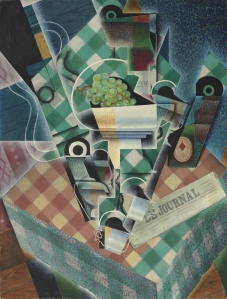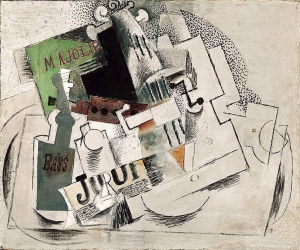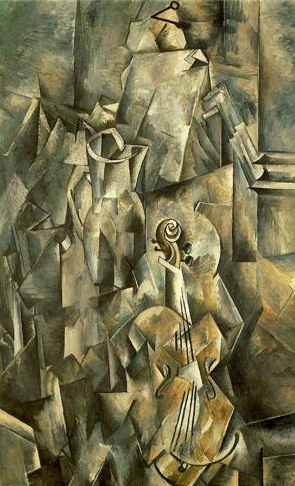The Criterion of Practice in the Theory of Knowledge
We have seen that Marx in 1845 and Engels in 1888 and 1892 placed the criterion of practice at the basis of the materialist theory of knowledge. “The dispute over the reality or non-reality of thinking which is isolated from practice is a purely scholastic question,” says Marx in his second Thesis on Feuerbach. The best refutation of Kantian and Humean agnosticism as well as of other philosophical crotchets (Schrullen) is practice, repeats Engels. “The success of our action proves the conformity (Uebereinstimmung) of our perceptions with the objective nature of the things perceived,” he says in reply to the agnostics.
Compare this with Mach’s argument about the criterion of practice: “In the common way of thinking and speaking appearance, illusion, is usually contrasted with reality. A pencil held in front of us in the air is seen as straight; when we dip it slantwise into water we see it as crooked. In the latter case we say that the pencil appears crooked but in reality it is straight. But what entitles us to declare one fact to be the reality, and to degrade the other to an appearance?…Our expectation, of course, is deceived when we fall into the natural error of expecting what we are accustomed to although the case is unusual. The facts are not to blame for that. In these cases, to speak of appearance may have a practical significance, but not a scientific significance. Similarly, the question which is often asked, whether the world is real or whether we merely dream it, is devoid of all scientific significance. Even the wildest dream is a fact as much as any other” (Analysis of Sensations, pp. 18-19).
It is true that not only is the wildest dream a fact, but also the wildest philosophy. It is impossible to doubt this after an acquaintance with the philosophy of Ernst Mach. As the very latest sophist, he confounds the scientific-historical and psychological investigation of human errors, of every “wild dream” of humanity, such as belief in sprites, hobgoblins, and so forth, with the epistemological distinction between truth and “wildness”. It is as if an economist were to say that Senior’s theory that the whole profit of the capitalist is obtained from the “last hour” of the worker’s labour and Marx’s theory are both facts, and that from the standpoint of science there is no point in asking which theory expresses objective truth and which – the prejudice of the bourgeoisie and the venality of its professors. The tanner Joseph Dietzgen regarded the scientific, i.e., the materialist, theory of knowledge as a “universal weapon against religious belief” (Kleinere philosophische Schriften [Smaller Philosophical Essays], S. 55), but for the professor-in-ordinary Ernst Mach the distinction between the materialist and the subjective-idealist theories of knowledge “is devoid of all scientific significance”! That science is non-partisan in the struggle of materialism against idealism and religion is a favourite idea not only of Mach but of all modern bourgeois professors, who are, as Dietzgen justly expresses it, “graduated flunkeys who stupefy the people by a twisted idealism” (op. cit., S. 53).
And a twisted professorial idealism it is, indeed, when the criterion of practice, which for every one of us distinguishes illusion from reality, is removed by Mach from the realm of science, from the realm of the theory of knowledge. Human practice proves the correctness of the materialist theory of knowledge, said Marx and Engels, who dubbed attempts to solve the fundamental question of epistemology without the aid of practice “scholastic” and “philosophical crotchets”. But for Mach practice is one thing and the theory of knowledge something quite different; they can be placed side by side without making the latter conditional on the former. In his last work, Knowledge and Error, Mach says: “Knowledge is always a biologically useful (förderndes) mental experience” (2nd German edition, p. 115). “Only success can separate knowledge from error” (116). “The concept is a physical working hypothesis” (143). With astonishing naïveté our Russian Machist would-be Marxists regard such phrases of Mach’s as proof that he comes close to Marxism. But Mach here comes just as close to Marxism as Bismarck to the labour movement, or Bishop Eulogius to democracy. With Mach such propositions stand side by side with his idealist theory of knowledge and do not determine the choice of one or another definite line of epistemology. Knowledge can be useful biologically, useful in human practice, useful for the preservation of life, for the preservation of the species, only when it reflects objective truth, truth which is independent of man. For the materialist the “success” of human practice proves the correspondence between our ideas and the objective nature of the things we perceive. For the solipsist “success” is everything needed by me in practice, which can be regarded separately from the theory of knowledge. If we include the criterion of practice in the foundation of the theory of knowledge we inevitably arrive at materialism, says the Marxist. Let practice be materialist, says Mach, but theory is another matter.
V.I.Lenin, Materialism and Empirio-criticism: Critical Comments on a Reactionary Philosophy, Progress Publishers, Moscow, 1975, 122-123
Part eight/to be continued…

